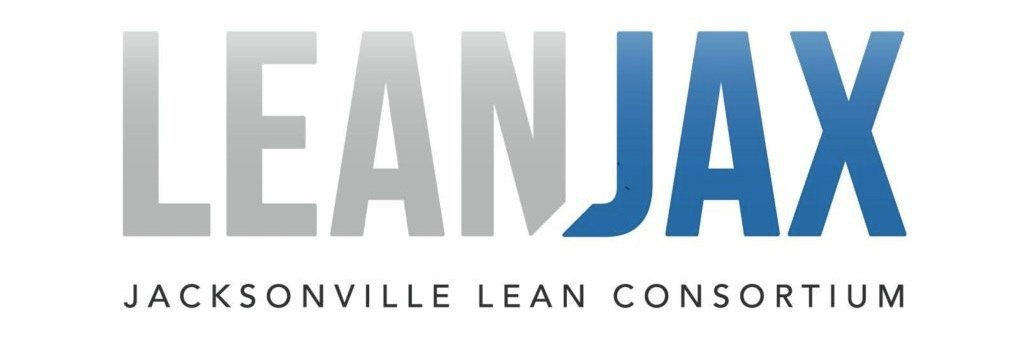Kramer and Newman Get SMART!
Kramer and Newman in Seinfeld’s “The Bottle Deposit.”
SMART is a method individuals and project teams can use to craft effective goal statements for their continuous improvement and problem-solving activities. SMART is an acronym that stands for:
Specific
Who will drive the improvement?
What are the main actions?
Where will the improvement take place?
Who will be impacted?
Measurable
Can we accurately measure it?
What metrics will we use to track our results?
Achievable
Can we actually do this?
Can we meet this goal with existing resources?
Relevant
Does this goal help the business?
Does it address our problem statement?
Does it align with our organization’s mission?
Which key result areas will it impact?
Time-Bound
When will we start?
What are the major milestones?
When will we see results?
Please Note
There are a few different variations of the five words; some people use assignable rather than achievable, and others select realistic versus relevant. It doesn’t really matter which variation of the acronym you select, as long as it is aligns with your organization’s goal setting objectives.
Individuals and project teams can leverage SMART goal statements for:
🎯 Personal goals
🎯 Annual improvement charters
🎯 Strategy deployment
🎯 Project management
🎯 Project charters
🎯 A3 target conditions
🎯 Rapid improvement events (kaizens)
SMART goal statements offer several benefits:
✅ Communicates purpose of continuous improvement efforts.
✅ Seeks to eliminate gap between current and future state.
✅ Complements A3 problem solving process ( DMAIC and PDCA).
✅ Provides clear ownership.
✅ Creates sense of urgency/motivation.
✅ Shows tangible benefits within the company’s key result areas.
Let’s explore the SMART approach by analyzing a classic episode of Seinfeld:
Upon returning from trip a to the Price Club with an abundance of Mellow Yellow in tow, Newman tries to convince his buddy Kramer to resurrect his Michigan bottle scam.
Kramer dismisses Newman’s request because of the exorbitant overhead costs. Newman then experiences a eureka moment while crunching the numbers and is able to win Kramer over with his ingenious plan.
Kramer and Newman in Seinfeld’s “The Bottle Deposit.” Cue montage of bottle collection and Newman guzzling enough soda to internally drown!
Lo and behold, these scammers crafted the following goal statement for their project:
Newman and Kramer’s company, Michigan Bottle Scam, is looking for a way to cut costs and increase their profits. The company can achieve this by:
Collecting 9,999 discarded bottles (Kramer and Newman)
Procuring a free mail truck (Newman)
Driving from NYC to Saginaw, Michigan the week leading up to the mother of all mail days (Kramer and Newman)
Mooching off Jerry for food (Kramer), and
Earning $.10 per bottle (Kramer and Newman): Michigan Bottle Scam will cut costs by 70% and make a profit of $1,000 by June 1.
Let’s take a look at each word:
Specific
Kramer and Newman will collect and deliver 9,999 bottles from NYC to Saginaw, Michigan via a “free” mail truck. Kramer and Newman each have clear and defined roles and responsibilities. The company will be impacted by reduced costs and a higher profit.
Measurable
Collect 9,999 soda bottles at $.10 per bottle equals $1,000; using free mail truck and mooching off Jerry will save the company $700 (no expenses on gas, renting a truck, or ordering food. )
Achievable
Newman crunched the numbers and it all checks out. But researching Michigan’s recycling laws probably would have stopped. More on that later.
Relevant
The company is looking for a way to cut costs and increase their profits. This project satisfies both metrics.
Time-Bound
Delivery will occur during the week leading up to the “mother of all mail days); the company will make $1,000 in profits by June 1.
Summary
Pretty good, right?
Okay, those who saw part II of this episode know that this scam blew up in Kramer and Newman's faces in hilarious fashion, while also negatively impacting Jerry, Elaine, Tony the mechanic, the farmer, the farmer’s daughter, and J. Peterman.
Using the mail truck and traveling across state lines for this scheme is definitely a federal crime. (I know, I’m a lawyer and this was either a question on the Bar exam or the plot of a fever dream I had after a marathon studying session.)
The duo almost created a successful SMART goal statement through their brainstorming method, yet the scheme was never really attainable. Much like Homer Simpson, Newman and Kramer are S-M-R-T. Where are Bob Sacamano and Jay Riemenschneider when you need them?
I hope this timely television reference makes you think about how the SMART process will help you and your teams construct effective goal statements. This approach is easily teachable, repeatable, and effective.
Teams that use this approach are more likely to align their improvement efforts with organizational priorities, make sound decisions, be transparent, stay disciplined to deadlines, and deliver impactful results.
Though, if your idea seems too good to be true (unattainable), is of questionable ethics, or recommended by a mailman who doesn’t work when it rains— please reference your state’s laws, federal statutes, and common sense before embarking on your improvement journey.




